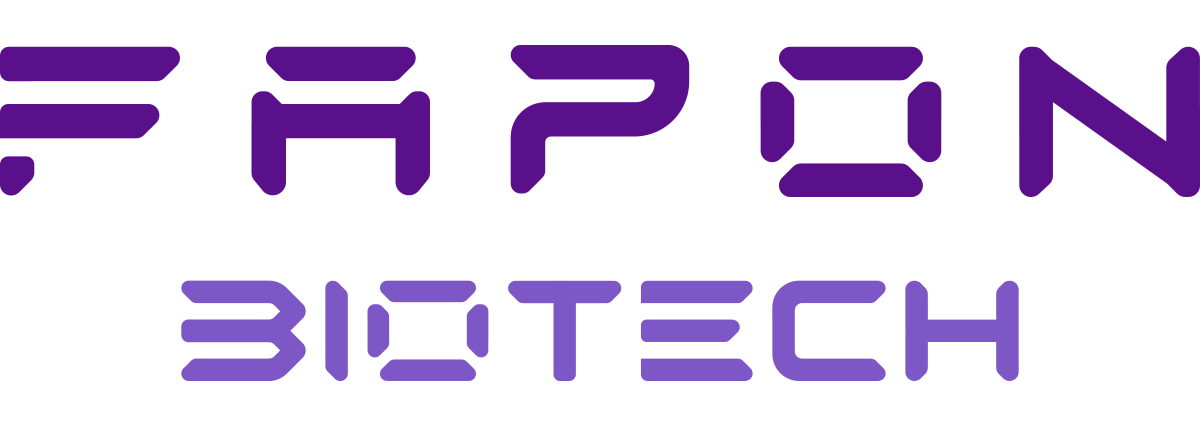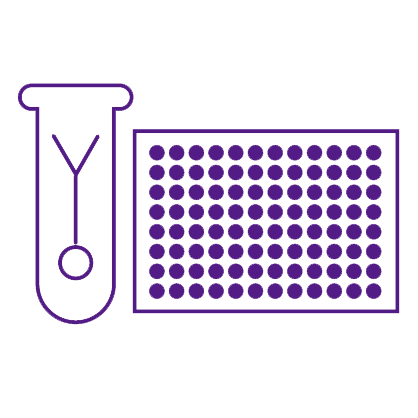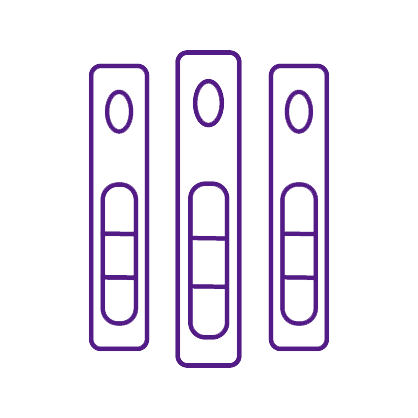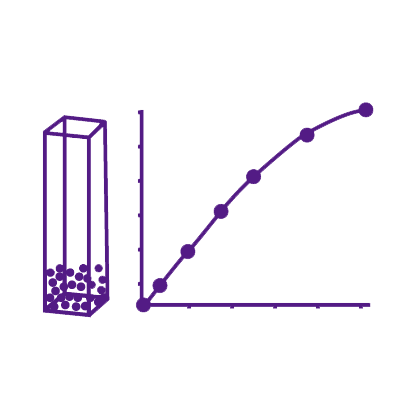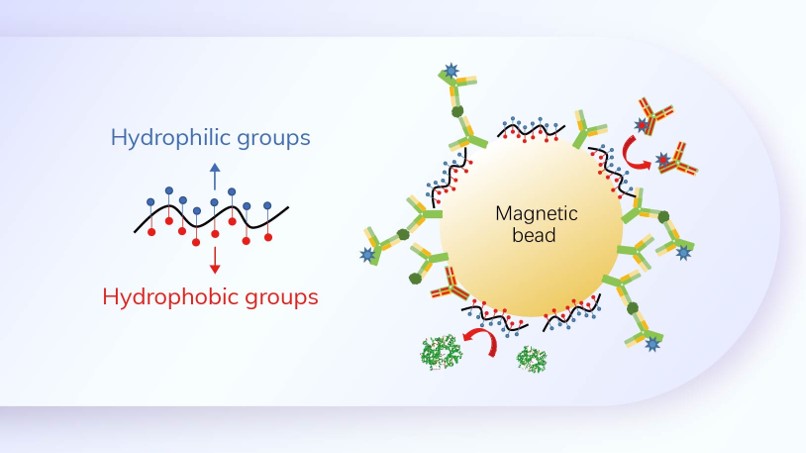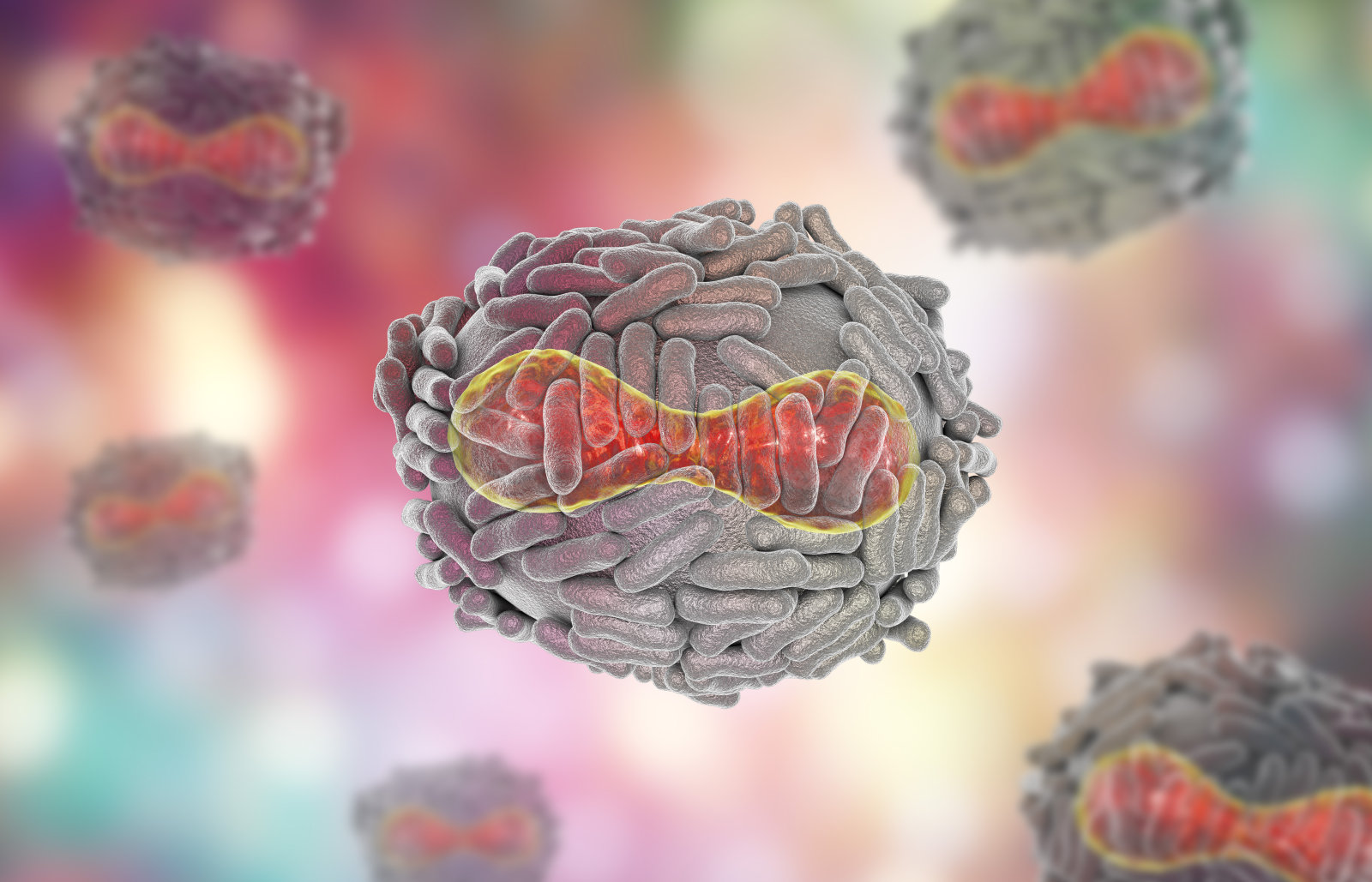Related Suggestion

Since the first World Thyroid Day in 2007 and International Thyroid Awareness Week in 2009, the public has become increasingly cognizant of the occurrence of thyroid diseases and conversations about the thyroid have reached new heights. Common thyroid diseases include hypothyroidism, hyperthyroidism, thyroid nodules, thyroiditis and thyroid cancer. The main factors behind thyroid diseases are iodine-derived, autoimmune, familial, medical and others, such as infections and dysplasia.
Hypothyroidism
Hypothyroidism is caused by a decrease in the synthesis and secretion of thyroid hormones or insufficient physiological effects. Clinical indicators are reflected in a decrease of normal Total Thyroxine (TT4) and Free Thyroxine (FT4) and an increase in Thyroid Stimulating Hormone (TSH). The measurement of serum thyroid autoantibodies, such as Thyroid Peroxidase Antibody (TPOAb) and Thyroglobulin Antibody (TgAb), can be used to identify the cause of hypothyroidism.
Hyperthyroidism
Hyperthyroidism is caused by excessive secretion of thyroid hormone and increased thyroid function. The clinical indicators are reflected in the increase or normal of Total Triiodothyronine (TT3), Free Triiodothyronine (FT3), TT4 and FT4, and the decrease of TSH. Toxic diffuse goiter is a kind of hyperthyroidism, accounting for more than 80% of all hyperthyroidism cases, and Thyrotropin Receptor Antibody (TRAb) is produced in the autoimmune process of toxic diffuse goiter, TRAb is recommended as the first-line screening method for toxic diffuse goiter in relevant guidelines.
Thyroid nodules
Abnormal masses in the thyroid gland lead to hyperplastic diseases of the thyroid gland. Thyroid nodules are independent lesions in the thyroid gland, some of which may be tumors, and need to be diagnosed through clinical manifestations such as questioning, medical history, and ancillary examinations. At present, the condition is diagnosed by thyroid ultrasound examinations, and there are no clear clinical indicators.
Thyroiditis
Thyroiditis is an inflammation of the thyroid gland caused by various factors, including Hashimoto's thyroiditis, acute thyroiditis, etc. Currently, the main clinical indicators are TPOAb and TgAb. If the antibody level is significantly higher than normal, there is a huge possibility that it is Hashimoto's thyroiditis.
Thyroid cancer
Thyroid cancer can be divided into four major categories: papillary carcinoma, follicular carcinoma, medullary carcinoma and undifferentiated carcinoma. The main clinical indicator is Thyroglobulin (Tg), which is often used to observe the dynamic changes of Tg to observe the surgical efficacy and monitor whether differentiated thyroid cancer (DTC) recurs after surgery. If postoperative blood Tg is elevated, it indicates tumor recurrence or metastasis, and if it is reduced to undetectable, it indicates good prognosis. In addition, elevated calcitonin (CT) is an important basis for the diagnosis of medullary thyroid carcinoma.
What we can offer
As a global leading in vitro diagnostic upstream platform company, Fapon Biotech has been deeply engaged with core reagent raw materials for more than 20 years, continuously carrying out technological innovation and product iteration. At present, regarding raw materials of thyroid function, Fapon Biotech has successfully developed the raw materials of T3, T4 and TSH, with excellent product performance, which have been widely praised by customers worldwide. In addition, we are about to complete the development of five chemiluminescence bulk reagents for thyroid function, namely TSH, TT3, FT3, TT4 and FT4, which will be launched soon. The remaining four items, namely Tg, TPOAb, TgAb and TRAb, are also under development and are expected to be available by 2023.
Products Features
1) Superior Performance
Compared with other globally renowned Thyroid function raw material manufacturers, we have higher activity, better correlation and approximate inhibition rate.
2) High Conformity with International Leading Thyroid Function Reagent Brands
- The correlation between Fapon TSH pair and golden standard R company can reach over 98%, and the conformity rate is about 99%. T3 pair can reach more than 96%
- Compared with R company, Fapon raw materials have the same detection range and limit of detection
3) Universal Accessibility on Multiple Platforms
At present, our raw materials have been evaluated to be used in the CLIA, CMIA, FIA and ELISA platform. The other platforms such as RIA, Microfluidics and so on, are also evaluated by clients.
Pairing Recommendation
Note:
1. The pair
of T3 and T4 can detect TT3, FT3, TT4 and FT4;
2. CLIA and FIA are
the abbreviation of chemiluminiscence and immunofluorescence, respectively.
3. The pairs of T3
and T4 that can be used in the FIA platform are under developing;
Through precise antibody screening, Fapon has developed novel TSH pairing materials for CLIA and FIA platforms, which has considerable sensitivity and specificity with the pairing of internationally renowned IVD companies. Also, we have launched the latest T3 and T4 pairs in the CLIA platform, including antibody and conjugate antigen, and we can provide the relative technology support to help the customers finish the development of kit better.
Performance
1. TSH
1.1
TSH for CLIA Platform
Conclusion: The detection range is 0.005-102.462 μIU/mL in CLIA platform, the minimum detection limit is 0.005 μIU/mL, no hook effect appears at 102.462 μIU/mL.
Conclusion: 50 samples assigned to internationally renowned company R were tested in CLIA platform. The correlation between Fapon TSH and R company's samples (including negative and positive samples) is R2=0.9842, and the conformity rate is 99.2%.
1.2 TSH for FIA Platform
Conclusion: The detection range is 0.005-120 μIU/mL in immunofluorescent platform, the minimum detection limit is 0.005 μIU/mL, no hook effect appears at 120 μIU/mL.
Conclusion: 43 samples assigned to internationally renowned company R were tested in immunofluorescent platform. The correlation between Fapon TSH and R company's samples (including negative and positive samples) is R2=0.9913, and the conformity rate is 99.6%.
2 T3
2.1 T3 for CLIA Platform
Note: The above results were obtained by testing TT3
Conclusion: The detection range of Pair 1 and 2 are 0-10 nmol/L in CLIA platform, the minimum detection limit is 0.5 nmol/L. The inhibition rates of the two pairs are comparable, but the activity of pair 2 is higher.
Conclusion: 53 samples assigned to internationally renowned company R were tested in CLIA platform. The correlation between Fapon Pair 1 and 2 of TT3 and R company's samples (including negative and positive samples) are R2=0.975 and 0.9618, respectively, showing extreme high relevance.
3. T4
Note: The above results were obtained by testing TT4
Conclusion: The detection range of Pair 1, 2 and 3 are 0-300 nmol/L in CLIA platform, the minimum detection limit is 6 nmol/L. Also, the Pair 1 has the highest activity and Pair 3 has better sensitivity.
Conclusion: 51 samples assigned to internationally renowned company R were tested in CLIA platform. The correlation between Fapon Pair 1, 2 and 3 of TT4 and R company's samples (including negative and positive samples) are R2=0.9297, 0.9228 and 0.9091, respectively, showing good relevance. We suggest you can use anyone of 3 pairs to develop the reagent.
To learn more details about Fapon Biotech's quality raw Materials and bulk reagents for thyroid function, please contact us!
